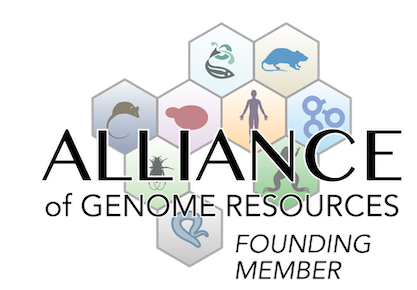mortality/aging
|
• 100% mortality by 21 days of age, with survival declining rapidly from 16 days of age
• mean life span of males is 16.8 days, while the mean life span of females is 18.3 days
|
cardiovascular system
|
• abnormal myofiber alignment
|
|
• myocyte atrophy and fragmentation, degeneration and loss of myocyte structure, collagen accumulation, greater infiltration of other cells, and enlarged extracellular spaces
|
|
• altered distribution of mitochondria between myofibrils
|
|
• altered alignment of myofibrils and myofibril disarray and discontinuity
|
|
• cardiomyocyte hypertrophy
|
|
• degeneration and loss of cardiac myocyte structure
|
|
• areas of necrosis in left ventricular myocardium
|
|
• increase in heart weight to body weight ratio at 14 and 16 days of age
|
|
• 4-chamber cardiac enlargement at 14 days of age
|
|
• biatrial dilatation
|
|
• mice develop severe dilated cardiomyopathy, with enlargement of left ventricular cardiac chambers and a reduction in fractional shortening
|
|
• reduction in cardiac function at 16 to 18 days of age, with decreased fractional shortening which is reduced to below 20% in some mice
|
|
• increase in left ventricular end-diastolic and end-systolic diameter
|
|
• at 14 days of age
|
|
• adrenaline administration induces ventricular arrhythmias in some mice
|
|
• first degree atrioventricular block
|
|
• at 14 days of age
|
|
• increase in P-wave height
|
|
• the corrected QT interval is increased
|
immune system
liver/biliary system
homeostasis/metabolism
|
• premorbid left atrial thrombus is seen in a subgroup of hearts
|
muscle
|
• abnormal myofiber alignment
|
|
• myocyte atrophy and fragmentation, degeneration and loss of myocyte structure, collagen accumulation, greater infiltration of other cells, and enlarged extracellular spaces
|
|
• altered distribution of mitochondria between myofibrils
|
|
• altered alignment of myofibrils and myofibril disarray and discontinuity
|
|
• cardiomyocyte hypertrophy
|
|
• degeneration and loss of cardiac myocyte structure
|
|
• areas of necrosis in left ventricular myocardium
|
|
• mice develop severe dilated cardiomyopathy, with enlargement of left ventricular cardiac chambers and a reduction in fractional shortening
|
|
• reduction in cardiac function at 16 to 18 days of age, with decreased fractional shortening which is reduced to below 20% in some mice
|
respiratory system
|
• ratio of lung weight to body weight is increased
|
growth/size/body
|
• increase in heart weight to body weight ratio at 14 and 16 days of age
|
|
• ratio of lung weight to body weight is increased
|
cellular
|
• altered distribution of mitochondria between myofibrils
|
|
• altered alignment of myofibrils and myofibril disarray and discontinuity
|
Mouse Models of Human Disease |
DO ID | OMIM ID(s) | Ref(s) | |
| hypertrophic cardiomyopathy | DOID:11984 | J:153302 | ||



 Analysis Tools
Analysis Tools